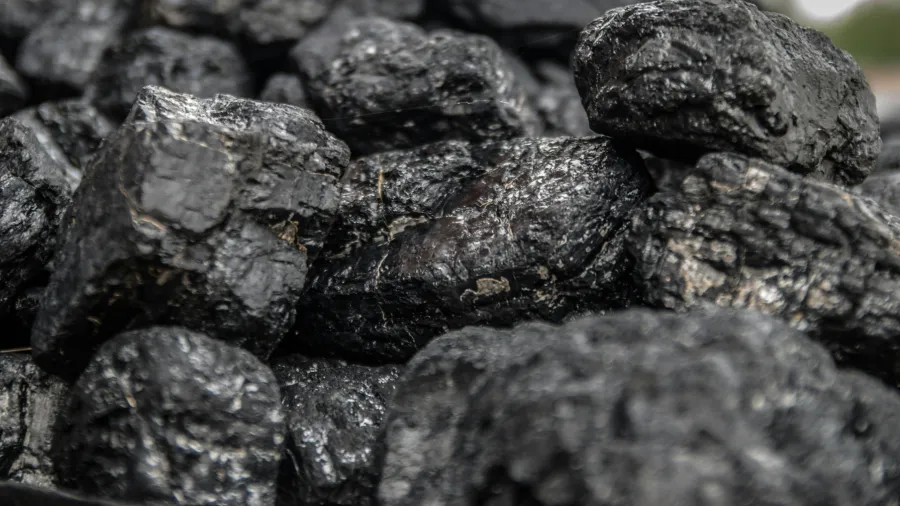
China’s new coal power approvals down nearly 80% in H1
Greenpeace said this is possibly a turning point.
China's approval of 14 new coal power projects in the first half (H1) of 2024 marks a potential shift in its energy transition, as wind and solar capacity continues to grow, according to new research from Greenpeace East Asia.
In its review, Greenpeace East Asia said the new coal-fired power projects have a combined capacity of 10.34 gigawatts (GW), a 79.5% drop from 50.4 GW approved in H1 last year.
“We may now be seeing a turning point,” said Greenpeace East Asia Beijing-based project lead Gao Yuhe.
However, she noted a question still remains on whether the recent slowdown in coal project approvals is due to the saturation of the five-year plan or a broader shift towards cleaner energy sources.
“A rebound remains possible until there are firm measures put in place to directly prevent further coal expansion. And without more proactive support for wind and solar grid connectivity, a post-peak plateau remains a risk,” she said.
Greenpeace East Asia also highlighted a worrying trend: 71.4% of new coal power projects approved in China in 2024 have generation capacities exceeding 660 megawatts, continuing a pattern observed in 2023, when 70.73% of new projects were larger than one gigawatt.
“This somewhat contradicts the stated purpose of using these facilities to support periods of peak energy demand. We are seeing a positive trend in decreasing new approvals. But the new approvals themselves are quite concerning,” Gao said.
Earlier, Rystad Energy reported that China’s wind and solar power generation surpassed coal for the first time. As of the first half of 2024, the country added only eight gigawatts of coal capacity, lagging behind wind’s 25 GW, and solar’s 105 GW.
Gao said instead of allocating funds to build coal power plants, which usually takes around 20 months, China should focus on establishing grid connections to boost the transition to clean energy.
“Developing smart grid solutions to mitigate the burden of peak demand is not only a faster route to energy security, but it also paves the way for the energy transition. It’s a faster solution now that creates conditions to lower risk later,” she added.


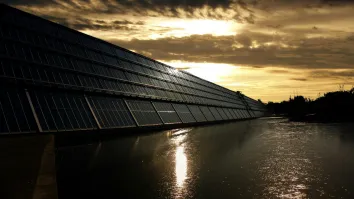
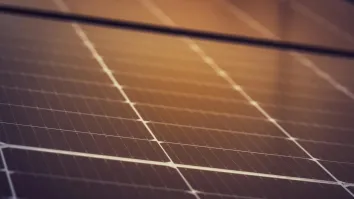
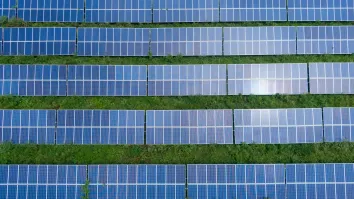
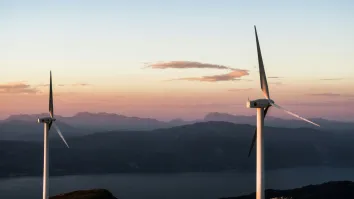













 Advertise
Advertise






